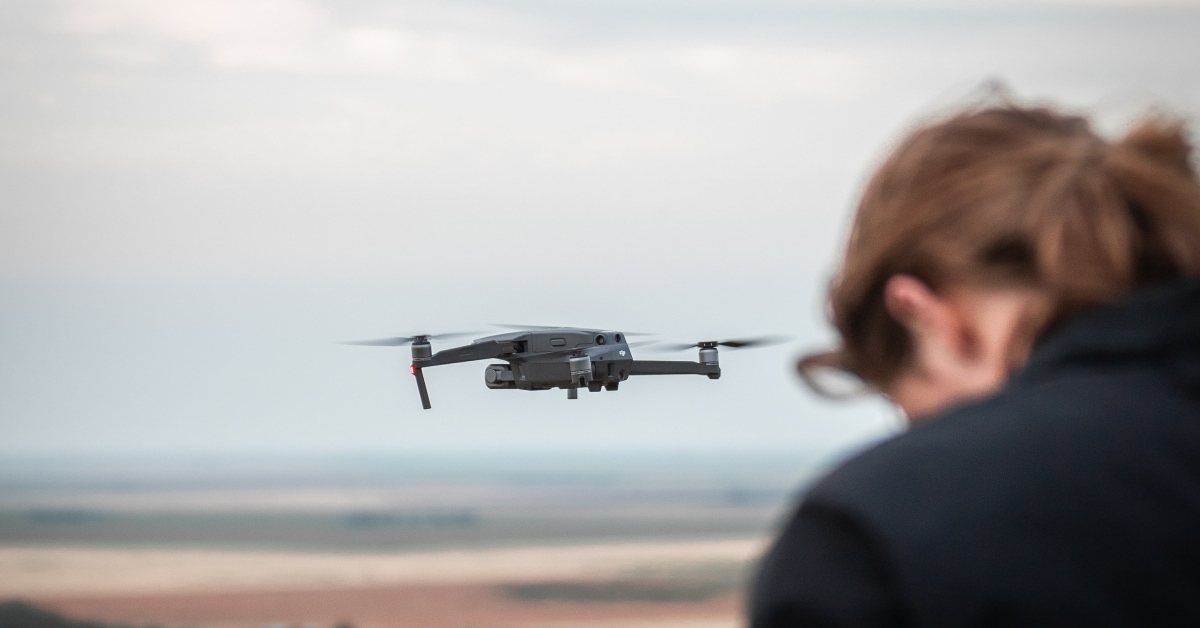I am posting the ChatGPT response only because I found its answer somewhat complete. I am fascinated that I can ask a very generic question and get a decent response. What do you think?
My question:
If the FAA has jurisdiction over the national airspace how can Florida create a law governing the use of the airspace for drones
ChatGPT response:
The Federal Aviation Administration (FAA) does indeed have jurisdiction over the national airspace in the United States, including the regulation of unmanned aircraft systems (UAS), commonly known as drones. However, while the FAA has primary authority over airspace regulation, there is a concept known as "preemption" that governs the relationship between federal and state laws in this context.
Under the doctrine of federal preemption, federal laws and regulations take precedence over state laws and regulations when there is a conflict or overlap. The FAA's authority over the national airspace preempts most state and local regulations related to drone operations. This means that states and local governments generally cannot create laws or regulations that directly conflict with or undermine FAA regulations.
However, there are exceptions to this preemption principle. States and localities may still have the authority to regulate certain aspects of drone operations, provided that their regulations do not conflict with federal law and do not interfere with the FAA's ability to manage and regulate the national airspace. For example:
In summary, while the FAA has primary jurisdiction over the national airspace, there are areas where states and localities can still regulate aspects of drone use that do not directly conflict with federal law or undermine airspace management. However, any state or local regulations should be carefully considered and reviewed to ensure compliance with federal regulations and the principles of preemption.
My question:
If the FAA has jurisdiction over the national airspace how can Florida create a law governing the use of the airspace for drones
ChatGPT response:
The Federal Aviation Administration (FAA) does indeed have jurisdiction over the national airspace in the United States, including the regulation of unmanned aircraft systems (UAS), commonly known as drones. However, while the FAA has primary authority over airspace regulation, there is a concept known as "preemption" that governs the relationship between federal and state laws in this context.
Under the doctrine of federal preemption, federal laws and regulations take precedence over state laws and regulations when there is a conflict or overlap. The FAA's authority over the national airspace preempts most state and local regulations related to drone operations. This means that states and local governments generally cannot create laws or regulations that directly conflict with or undermine FAA regulations.
However, there are exceptions to this preemption principle. States and localities may still have the authority to regulate certain aspects of drone operations, provided that their regulations do not conflict with federal law and do not interfere with the FAA's ability to manage and regulate the national airspace. For example:
- Privacy: States can enact laws related to privacy and surveillance that may affect drone use, as long as they do not regulate the drone's flight altitude or other aspects of airspace management. These laws typically address issues such as surveillance and data collection by drones.
- Land Use and Zoning: States and local governments can regulate where drones can take off and land, such as in parks or public property, without directly interfering with the FAA's airspace regulation.
- Criminal Laws: States can enforce criminal laws related to the unsafe operation of drones, such as reckless flying or interference with emergency responders.
- Emergency Response: States can regulate drone use in emergency situations or near disaster areas.
In summary, while the FAA has primary jurisdiction over the national airspace, there are areas where states and localities can still regulate aspects of drone use that do not directly conflict with federal law or undermine airspace management. However, any state or local regulations should be carefully considered and reviewed to ensure compliance with federal regulations and the principles of preemption.













